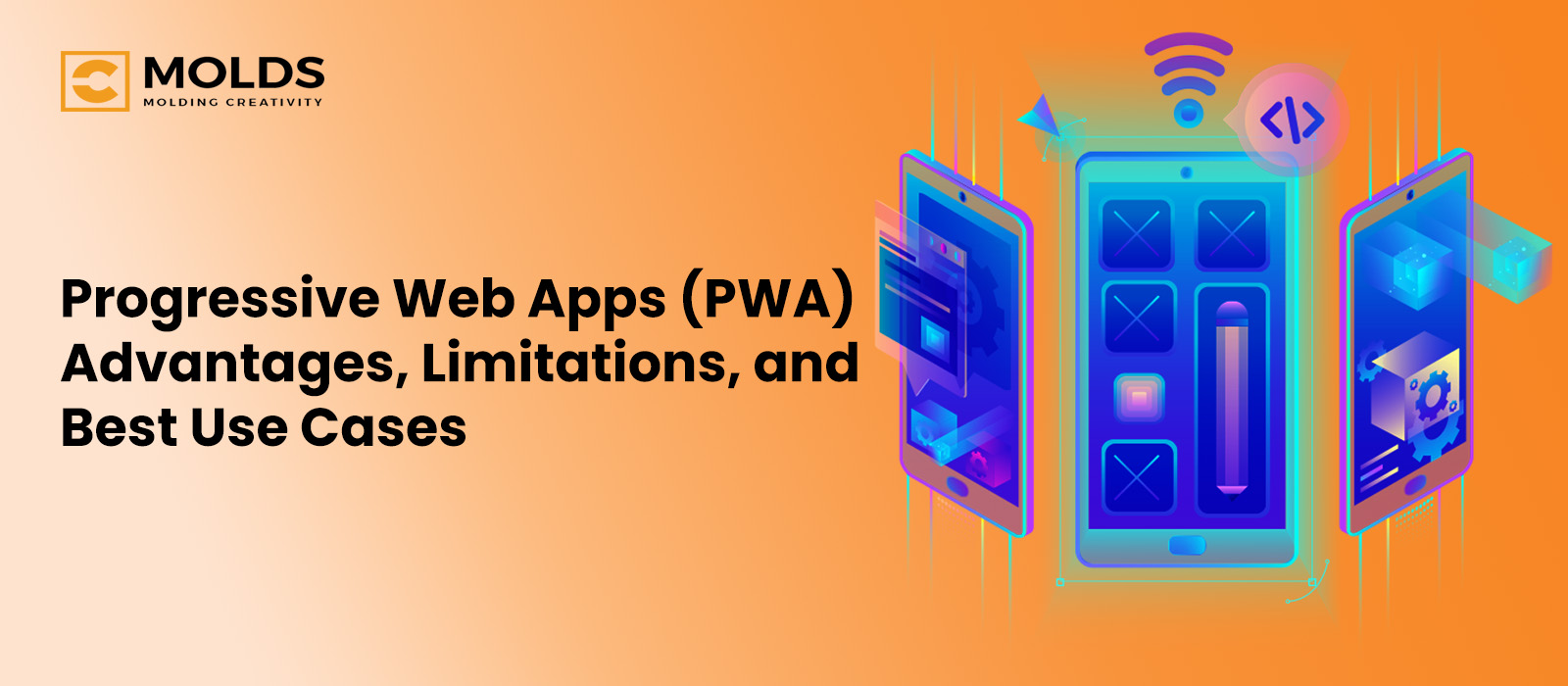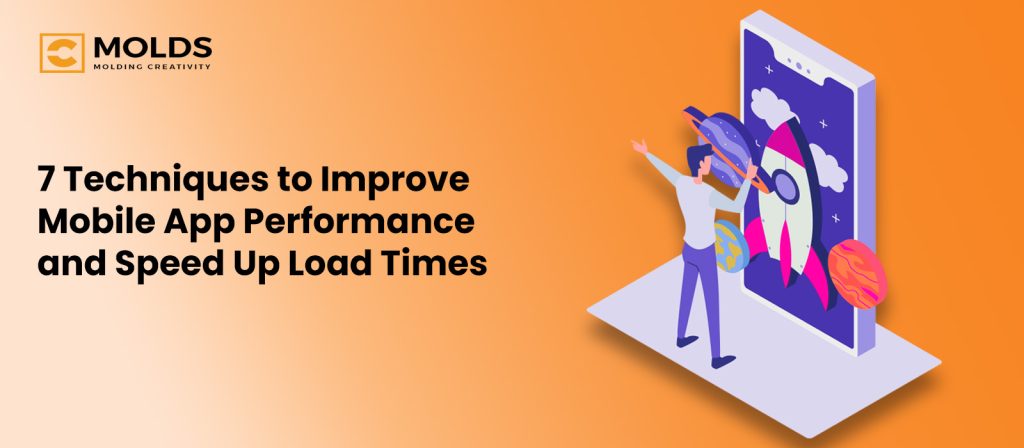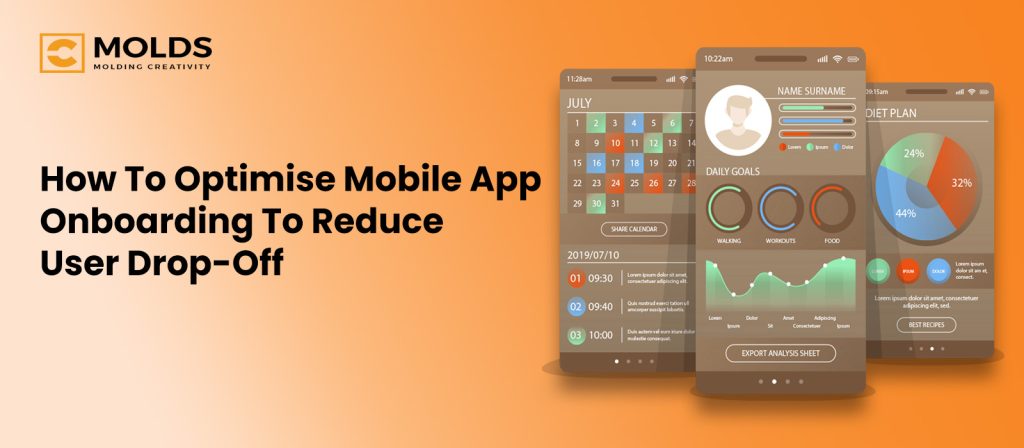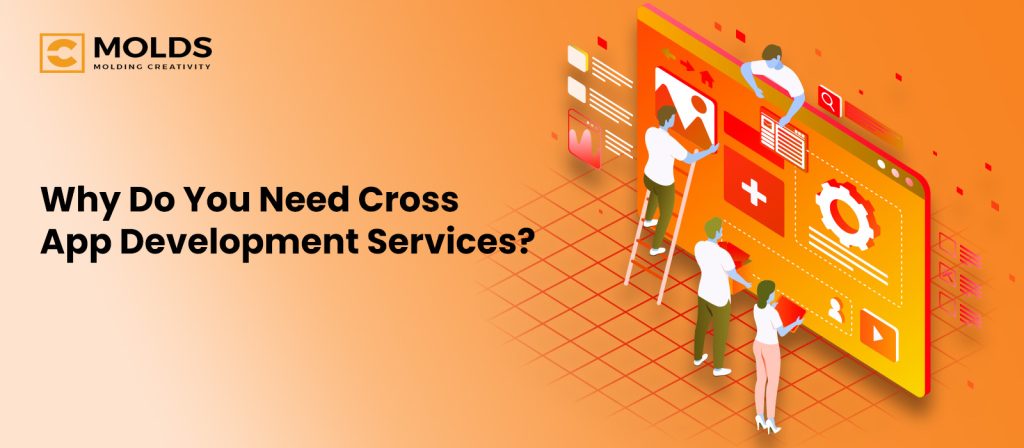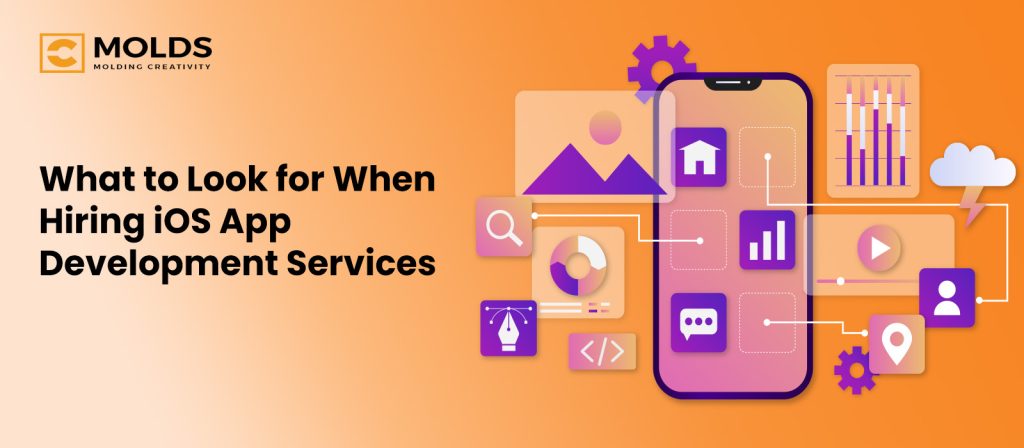Ten years have seen a major transformation in the web development scene. Today, firms have to provide quick, reliable and interesting digital experiences, the same digital experience across all devices without compromising performance. Coincident with this change has been the rise of Progressive Web Apps (PWAs) as a revolutionary technology fusing native mobile applications with websites.
At CMOLDS, we’ve seen firsthand the important ways PWAs are revolutionizing the way companies interact with their audiences. As a bespoke custom web app development consultant and an innovation-focused digital partner, we assist companies in harnessing the flexibility and strength of PWAs to realize scalability, speed and slick performance.
What Are Progressive Web Apps?
A Progressive Web App (PWA) is, in effect, a web app that functions like a native mobile app. It is accessible through a web browser, installable on a user’s device and able to work offline thanks to new browser-based technologies like Service Workers and Web App Manifests.
PWAs offer the best of both worlds in the sense that they combine the touch points of engaging a user on the web, while also offering the engagement of a native mobile app. For users, this means downloading on a web browser, faster load times, an app-like interface and smooth performance. For businesses, this means decreased development costs along with quicker deployment times.
Also read: Web App Development Guide
Key Advantages of Progressive Web Apps
- Compatibility Across Platforms
A single PWA can function flawlessly on all devices and web browsers, in contrast to native apps that require independent development to function on iOS and Android.
- Offline Capabilities
PWAs leverage caching and Service Workers to deliver content even while offline and with limited internet connectivity. This is particularly beneficial for users in regions with sporadic internet coverage. The user experience remains intact, aligning with the latest trends in web app development.
- Quick Load Times
Speed is a key influencer in retaining user satisfaction. With PWAs optimized for speed (for example) loading on a marginally slower network, Google’s data indicates pages loading in less than 2 and 3 seconds result in significantly higher retention rates, which PWAs consistently fulfill.
- App-Like Experience Without Having to Download the App
One of the primary reasons PWAs have become desirable is that installing them is effortless for users. The user doesn’t need to visit the app store, the visitor simply presses the “add to home screen” from their browser or mobile device. The amount of user resistance decreases and increases engagement.
- Budget-Friendly Development
For companies with a relatively limited budget or tight deadline, developing a PWA is much more affordable than developing a separate native app. This also makes it easier to maintain and update because changes to PWAs are done instantly on the web and not through app store approval similar to enterprise web app development.
Limitations of Progressive Web Apps
PWAs have a lot of benefits to consider, but there are still some trade-offs that organizations should weigh before committing to the approach.
- Limited Access to Device Hardware
PWAs still struggle to access specific features on a device, whether that be Bluetooth, NFC, or take advantage of advanced camera controls. These apps are not suited for applications which depend heavily on the hardware; augmented reality (AR), for example, as well as Internet of Things (IoT) tools, which find it difficult to connect to standalone web browsers or PWA.
- App Store Availability
PWAs can be installed from the browser, but lack the “backing” of the app being visible in the major app stores. Some users still prefer to download apps via stores; as such, PWAs may not be as discoverable.
- Browser Dependence
Not all browsers load PWAs in the same way. PWAs supported in the new and modified browsers, Chrome, Edge and Firefox, load well and perform well. Safari (when using iOS) still trails behind in those aspects significantly. There are still limits of experience in the version of the app, specifically with offline storage, or possibly with background performance with tasks. Developers will need to build with that in mind.
Best Use Cases for PWAs
While PWAs aren’t the right fit for every situation, there are some use cases in which PWAs exceed the performance of native applications entirely.
- E-Commerce and Retail Websites
PWAs can lead to dramatic increases in conversion rates for online stores. PWAs’ high performance, offline capabilities and push notifications enable brands to recapture their customers’ attention, without requiring customers to download apps. This is the reason companies like AliExpress and Flipkart have opted for PWAs.
- News, Media and Publishing Websites
For publishers, PWAs enhance content consumption by providing instant access to content and offline reading. This helps the reader remain connected and engaged, even when there is a loss of connectivity, which is a critical advantage to serve the mobile-first market.
- Travel and Hospitality Websites
PWAs are an ideal solution for travel companies that want to provide patients with itinerary updates, booking confirmations and maps, while on the go. The ability to use the app offline enables sick patients to access their itineraries and user books, anywhere and anytime.
- Startups and SMEs on a Tight Budget
For small businesses or startups with a goal of achieving maximum reach with minimal spend, PWAs present an affordable technology that scales well. They reduce costs associated with development while providing a more premium user experience.
- Government and Public Services
PWAs are a great choice for public sector platforms where accessibility and fast performance is essential, as they can be accessed regardless of the type of device and available network, which will be critical for citizen services at a national scale.
The Future of PWAs and Web Development
The distinction between traditional and web applications is continuing to be blurred on the horizons. As browsers grow and APIs become stronger, PWAs will most likely have far more access to hardware and system-level functions someday. With some foresight, they may eventually lead the way as a standard method of building digital products whenever that may occur.
Progressive cities such as Dubai, with growing technological advancements and digital adoption, make PWAs the fastest way to get customers into a modern web experience. Great that you hire someone like an experienced web development company in Dubai because it will also make sure your PWA is built and designed for scalability, performance and long-term success.
CMOLDS, therefore, tries to co-partner with campaigners, doing custom projects based on PWAs to either improve user engagement, accessibility, or operational efficiency. Our team of consultants will help you in guiding along the way toward ensuring your project is well conceived, based on sound strategy and understanding modern user behavior.
Also read: The Future of Web App Development
Final Thoughts
Progressive Web Apps are destined to be the upcoming face of the web; the future would mark its lines with quality, accessibility, speedy interface and usability. PWAs may not replace the native apps entirely, but would surely put flexibility within a certain range of platforms to remain high-grade for businesses.
Customized web app developing consultants, such as CMOLDS, can collaborate to improve the efficiency of the prowess of PWAs through apps that hone better than most other digital products while-minded and future-bound, robustly accommodating user conditions in any setting.


